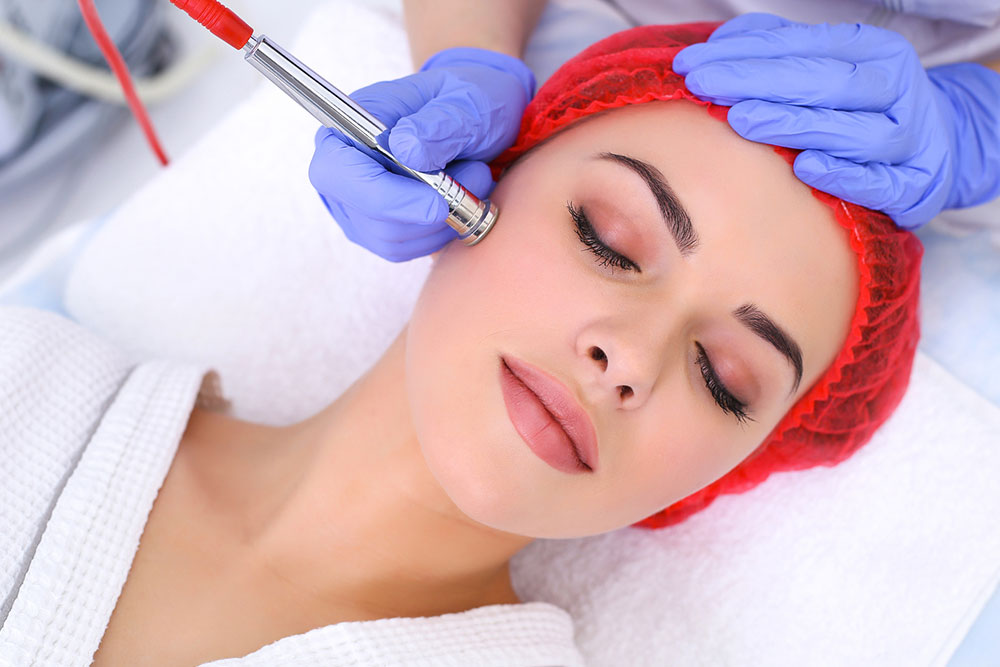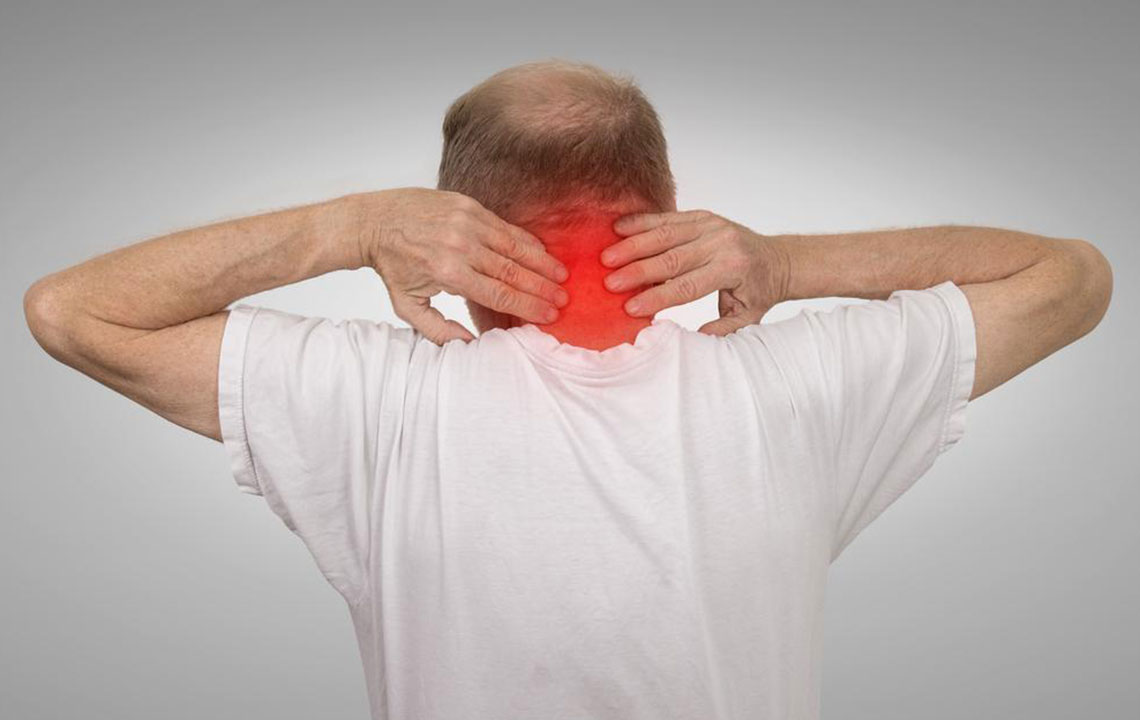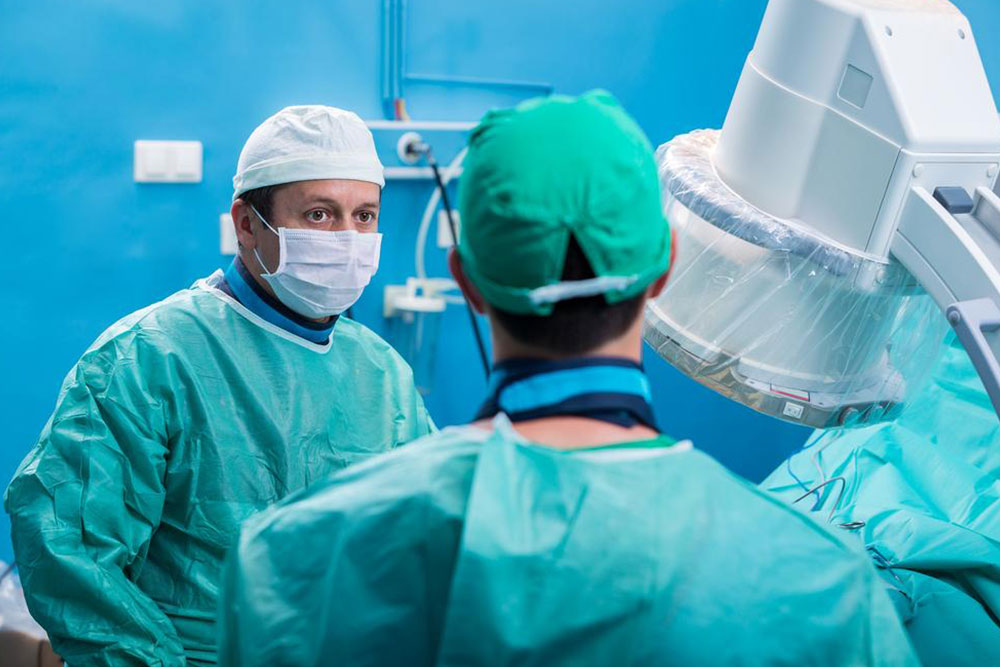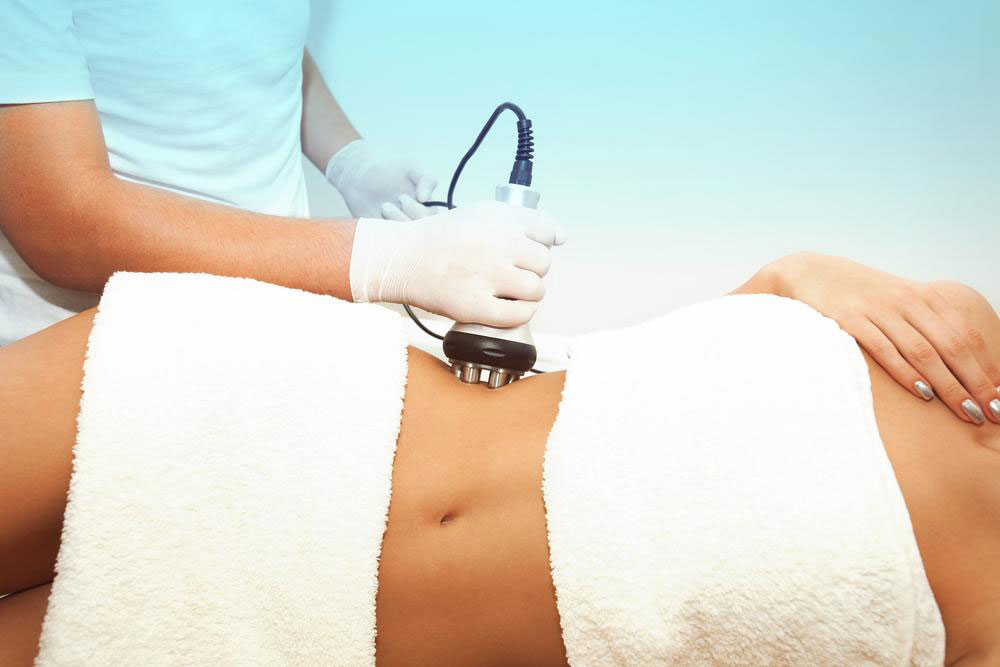Comprehensive Guide to Scar Reduction Techniques and Costs
Discover comprehensive scar reduction strategies, including topical, laser, and surgical options, along with their costs. Learn how various treatments can effectively diminish scars from acne, burns, and surgeries, restoring confidence and skin health. Tailor your scar management plan with expert guidance to achieve smoother, clearer skin. Explore the benefits and expenses of each method to make informed decisions for your cosmetic and medical needs.

Effective Approaches and Cost Considerations for Scar Reduction
Scars resulting from injuries, burns, or skin conditions can significantly impact an individual's appearance and self-confidence. While the body naturally heals over time, the residual visible marks often necessitate specialized treatment to improve skin texture and appearance. Fortunately, modern medicine offers a broad spectrum of scar reduction procedures, ranging from minimally invasive topical solutions to advanced surgical interventions. Understanding these diverse techniques, along with their associated costs, empowers individuals to make informed decisions tailored to their specific scar types and aesthetic goals.
Exploring Scar Reduction Techniques
1. Topical Treatments
For superficial and minor scars, dermatologists frequently recommend topical applications. These include creams, gels, and silicone sheets formulated with active ingredients such as vitamin C, retinoids, silicone, hydroquinone, and other skin-restorative compounds. These products work by enhancing collagen synthesis, reducing pigmentation, and softening scar tissue. They are non-invasive, generally safe, and suitable for early-stage scar management or for those seeking to prevent scar formation after injury.
2. Prescription Medications and Specialized Therapies
In cases of hypertrophic scars and keloids—which tend to be raised, thick, and sometimes itchy—prescription treatments become necessary. Options include corticosteroid injections, which help reduce inflammation and size, dermal fillers to elevate atrophic scars, and cryotherapy, which freezes scar tissue with liquid nitrogen to diminish its prominence. These therapies are often used in combination for optimal results, tailored to the severity and location of the scar.
3. Laser Therapy
Laser treatments have gained popularity for their ability to improve the appearance of scars, especially acne scars and hypertrophic scars. Various laser modalities, such as fractional CO2 or pulsed dye lasers, target damaged tissue, promoting collagen remodeling and reducing redness, discoloration, and raised features. Although laser therapy is not always able to completely eliminate scars, it significantly lightens their appearance and enhances skin smoothness. It is also used to treat stretch marks by stimulating collagen regeneration.
4. Skin Grafts and Flap Surgery
Severe scars, particularly from burns or extensive traumatic injuries, may require surgical interventions like skin grafting or flap procedures. These involve transplanting healthy skin from another part of the body (autograft) or, occasionally, using donor skin (allograft). Proper wound care and post-surgical monitoring are essential to ensure graft survival and prevent infection. Such procedures can dramatically improve function and appearance in cases of deep or extensive scars.
5. Microneedling
Microneedling employs fine needles to create controlled micro-injuries on the skin surface. This stimulates the body's natural wound-healing cascade, leading to increased collagen and elastin production. Consequently, microneedling effectively improves skin texture, reduces the appearance of scars like stretch marks, acne scars, and surgical marks. To achieve optimal and safe results, the procedure must be performed by trained dermatologists or skincare professionals, ensuring minimal risk of adverse effects.
Common Causes of Scarring
Acne
Severe acne breaks can penetrate deep into the skin, leaving behind indentations or raised scars. Treatment options vary from topical therapy to laser resurfacing, depending on scar depth and type. Consulting with a dermatologist helps determine the best individualized approach for scar minimization.
Burn Injuries
Burn scars are typically thick, rigid, and discolored, often causing restrictions in movement if located near joints. Techniques such as skin grafts, laser therapy, and pressure dressings can improve their appearance and elasticity, helping restore both function and aesthetics.
Post-Surgical Scars, Including C-Sections
Surgical procedures like cesarean sections often result in longer scars. Early interventions such as scar massages, silicone gel application, and laser treatments can aid in softening and fading these scars over time.
Piercing and Body Art Scars
Scars from piercings, especially when they deepen over time, can be mitigated using dermatological treatments, including laser therapy or excision, depending on scar depth and size.
Cleft Lip Repair Scars
While corrective surgeries for cleft lip aim to restore function and appearance, residual scars may linger. Early dermatological interventions can help minimize their visibility with appropriate post-operative treatments.
Stretch Marks
Stretch marks, common during rapid growth phases or significant weight gain or loss, can be addressed through treatments like microdermabrasion, laser therapy, or microneedling. Consistent treatment can diminish their appearance, improving skin texture and tone.
Cost Breakdown of Scar Removal Treatments
The expenses associated with scar reduction vary widely depending on the scar's size, type, treatment method, and geographic location. Topical treatments and over-the-counter gels are generally affordable, starting as low as $20. Laser treatments typically cost between $200 and $3,400 per session, with multiple sessions often necessary for optimal results. Skin grafting or surgical procedures are more extensive, averaging around $3,000 but may vary based on complexity and provider expertise. It is advisable to consult a qualified dermatologist to develop a personalized treatment plan that aligns with your budget and aesthetic goals.




